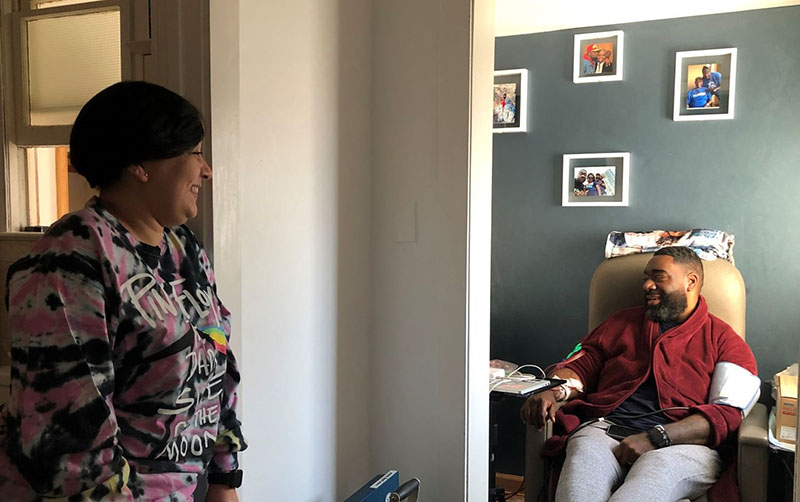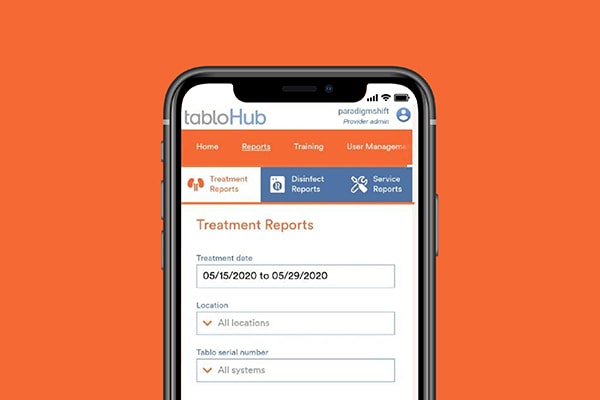Policy Spotlight: 5 Quality Care Measures to Reduce Barriers to Home Dialysis

Summary
Home Dialyzors United is urging CMS to add more patient-centered measures of home dialysis satisfaction to the ESRD Quality Incentive Program. Executive Director Nieltje Gedney explains.
The kidney care community is eagerly awaiting the Centers for Medicare & Medicaid Services’ (CMS) decision on the proposed CY2022 End-Stage Renal Disease (ESRD) Prospective Payment System (PPS), expected in late October or early November. A key component of the proposed rule involves the ESRD Quality Incentive Program (QIP), a value-based purchasing program that links a portion of the payment to outpatient dialysis facilities directly to performance on quality-of-care measures. At issue, however, according to the National Kidney Foundation (NKF), Home Dialyzors United (HDU) and other patient-focused organizations, is that the QIP, as currently written, is misaligned with the goals of home dialysis, a rapidly growing, vitally needed option for improving the quality of life and comfort for patients.

“Policy changes are needed to achieve high-quality, equitable, person-centered home dialysis care, and increase ESRD survival rates, with the Advancing American Kidney Health Executive Order paving the way forward,” says Nieltje Gedney, Executive Director of HDU, a long-time advocate for the kidney disease community and home hemodialysis device user herself. “An important distinction we want to make for CMS is that home dialysis is not simply in-center dialysis moved home. We need to take into consideration the voice of the individual who has kidney disease and their treatment needs, values, goals and preferences. Patient-centered approaches should be the overarching determinant of the QIP measures.”
“Patient-centered approaches should be the overarching determinant of the QIP measures.”
Where We Are Now
As a brief background, below are the four quality measure domains that are currently included in the ESRD QIP. The program, evaluated annually, reduces payments by up to 2% to in-center dialysis facilities that do not meet or exceed performance standards on:
- Clinical Care Measures score facilities based on the quality of services provided to patients with ESRD, including: Kt/V dialysis adequacy, standardized transfusion ratio, vascular access type, hypercalcemia and ultrafiltration rate.
- Care Coordination Measures encourage facilities to prioritize and promote effective communication and coordination of care for the dialysis patient. Measures include standardized readmission ratio, standardized hospitalization ratio, clinical depression screening and follow-up, and percentage of prevalent patients waitlisted.
- Safety Measures address making dialysis care safer by reducing harm caused in the delivery of care. Measures include National Healthcare Safety Network (NHSN) Bloodstream Infection, NHSN Dialysis Event and medication reconciliation.
- Patient and Family Engagement Measures emphasize the need to strengthen person and family engagement as partners in patient care, using the In-Center Hemodialysis Consumer Assessment of Healthcare Providers and Systems (ICH CAHPS) Survey.
As HDU states in its ESRD PPS public comment letter, also echoed by NKF: “[QIP] focuses on biochemical parameters that in many cases are fundamentally misaligned with the goal of home dialysis to provide individualized prescriptions that emphasize how patients feel and function and that are aligned with patients’ values and goals.”
Where We Could Be: Raising the Bar for Home
HDU encourages CMS in its ESRD PPS proposed rule to expand the QIP program to better incorporate measures that are relevant to home dialysis and are important contributors to patient outcomes, along these five quality domains:
- Home Dialysis Access
Provider, patient and care partner education is key to the success of starting home dialysis—and staying on it. The ESRD facility Conditions for Coverage require that patients be informed about all treatment modalities and settings and specify the educational domains that must be covered in home training. In its CMS letter, HDU makes the powerful statement that “home dialysis education underpins access to home modalities and every aspect of a patient’s ability to be successful.” - Clinical Care
This measure focuses on the need for the home dialysis prescription to be patient-centered and based on precision medicine, to meet the varying hemodynamic needs of each individual patient.
- Safety
In terms of home dialysis safety and adverse events, data show that home dialysis is far safer than in-center, with peritonitis being cited by HDU as a key measure of safety across dialysis settings.
- Retention
Patient retention over the long term, including assessing factors such as care partner burnout, is critical to the success of home dialysis.
- Quality of Life (QoL)
HDU asserts that if CMS initiates the previous four recommendations, an extraordinary quality of life and improved ability to enjoy activities of daily living will follow for people with kidney disease who dialyze at home. Individualized home dialysis that is aligned with a person’s goals and values, and allows them to feel their best, with open communication between them and their care team, is the most important goal.
In summary, the status quo in kidney care is being transformed as we speak, as stakeholders — including CMS, and most recently the legislators who introduced the Improving Access to Home Dialysis Act — lay the foundation for a better quality of life for patients. It’s time to lift barriers so that their voices are heard loud and clear.

